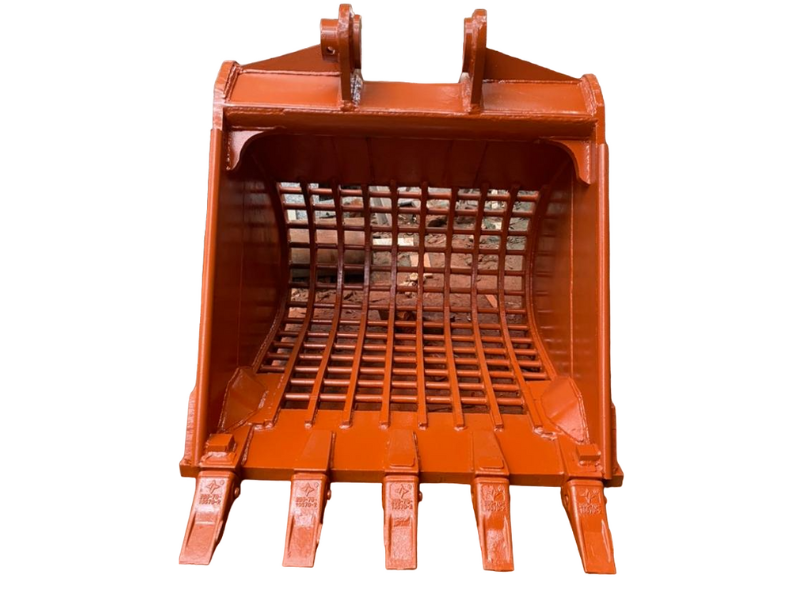
Excavators are indispensable machines across industries like construction, mining, and demolition. What makes them so versatile is their ability to switch between different types of buckets depending on the task. Among the most common types are standard buckets, rock buckets, and skeleton buckets — each designed with specific materials, structures, and functions in mind.
In this article, we’ll explore the key differences between these three bucket types, focusing on the unique features and benefits of the Excavator Skeleton Bucket.
The standard bucket is the most common and widely used attachment for excavators. It’s designed for general-purpose digging and loading in soft to medium soil conditions.
Key Features:
Shape & Design: Smooth-edged and lightweight, with a moderate capacity for digging and carrying soil, sand, or clay.
Material: Usually made from high-tensile steel for strength and wear resistance.
Applications: Ideal for trenching, grading, and light material handling.
Advantages:
Versatile and suitable for a wide range of basic excavation tasks.
Easy to maintain and cost-effective.
Provides quick digging and smooth loading performance.
Limitations:
Not suitable for abrasive materials or rocky terrains.
Limited durability when used in harsh conditions like quarrying or demolition.
In essence, a standard bucket is perfect for general earthmoving projects but lacks the reinforcement needed for heavier-duty tasks.
When it comes to handling dense, abrasive, and challenging materials such as rock, gravel, or demolition debris, the rock bucket takes the lead. It’s built for strength and durability, with reinforced structures that can withstand extreme working environments.
Key Features:
Robust Design: Thicker side walls, wear plates, and heavy-duty teeth made of hardened steel.
Cutting Edge: Designed with replaceable tips and reinforced edges to penetrate rock surfaces efficiently.
Material: High-strength, wear-resistant steel for extended service life.
Applications:
Mining, quarrying, demolition, and handling heavy, coarse materials.
Advantages:
Exceptional durability in harsh working conditions.
Can handle highly abrasive and compact materials.
Designed to minimize wear and tear during rock excavation.
Limitations:
Heavier than standard buckets, which may reduce digging speed.
Not ideal for finer tasks like grading or handling lightweight materials.
In short, a rock bucket is the go-to choice for high-impact jobs that demand durability and strength.
The Excavator Skeleton Bucket is a specialized attachment designed for sorting, sifting, and separating materials during excavation. Its unique design features spaced ribs or bars instead of a solid bottom, allowing finer particles to fall through while retaining larger debris.
Key Features:
Open Structure: Made with grid-like gaps between ribs or plates to filter materials.
Design Flexibility: The spacing between ribs can be customized based on the application.
Material: High-tensile steel ensures both strength and durability.
Applications:
Sorting rocks from soil, removing debris, or reclaiming materials.
Commonly used in landscaping, demolition cleanup, and recycling operations.
Advantages:
Enables efficient separation of materials on-site, reducing the need for additional screening equipment.
Saves time and fuel by minimizing material handling.
Lightweight compared to rock buckets, improving fuel efficiency.
Provides excellent visibility for operators during sorting tasks.
Limitations:
Not suitable for digging hard or compact materials.
May wear faster if used in heavy rock excavation.
The Excavator Skeleton Bucket stands out for its precision and efficiency in material separation, making it an essential tool for projects that demand sorting or cleaning rather than raw excavation.
Selecting the right bucket depends on the project type, soil condition, and material composition:
For general earthwork, a standard bucket is economical and versatile.
For rocky or abrasive terrain, a rock bucket ensures longevity and productivity.
For sorting, cleaning, or recycling operations, the Excavator Skeleton Bucket is the most efficient choice.
Investing in the correct bucket not only improves performance but also extends your machine’s lifespan and reduces operating costs.
Each excavator bucket type — standard, rock, and skeleton — plays a vital role in ensuring efficiency across different excavation tasks. While the standard bucket offers all-around usability and the rock bucket provides unmatched durability, the Excavator Skeleton Bucket delivers precision and material separation efficiency.
For contractors and operators who frequently handle mixed materials or need on-site sorting, the Excavator Skeleton Bucket proves to be an invaluable tool, combining functionality with productivity. Choosing the right attachment ensures that every excavation job is performed with maximum output and minimal wear.
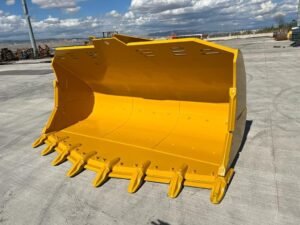
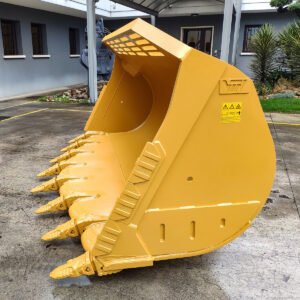
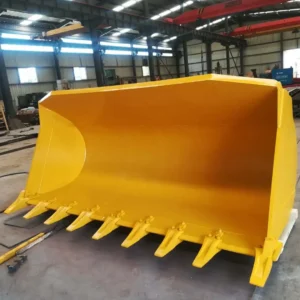
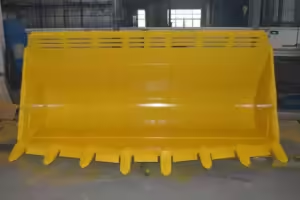
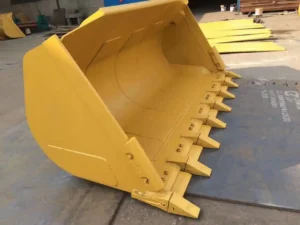
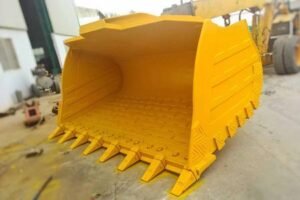
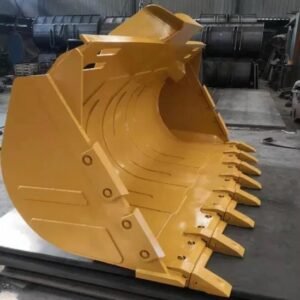
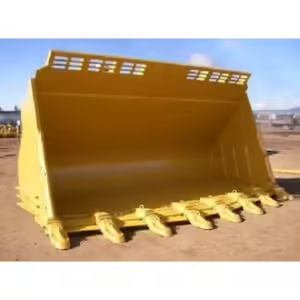
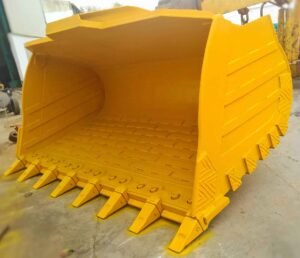
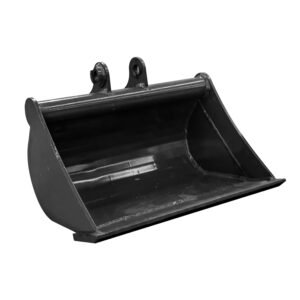
TEAM. All Rights Reserved. Developed by Pixel Tech.